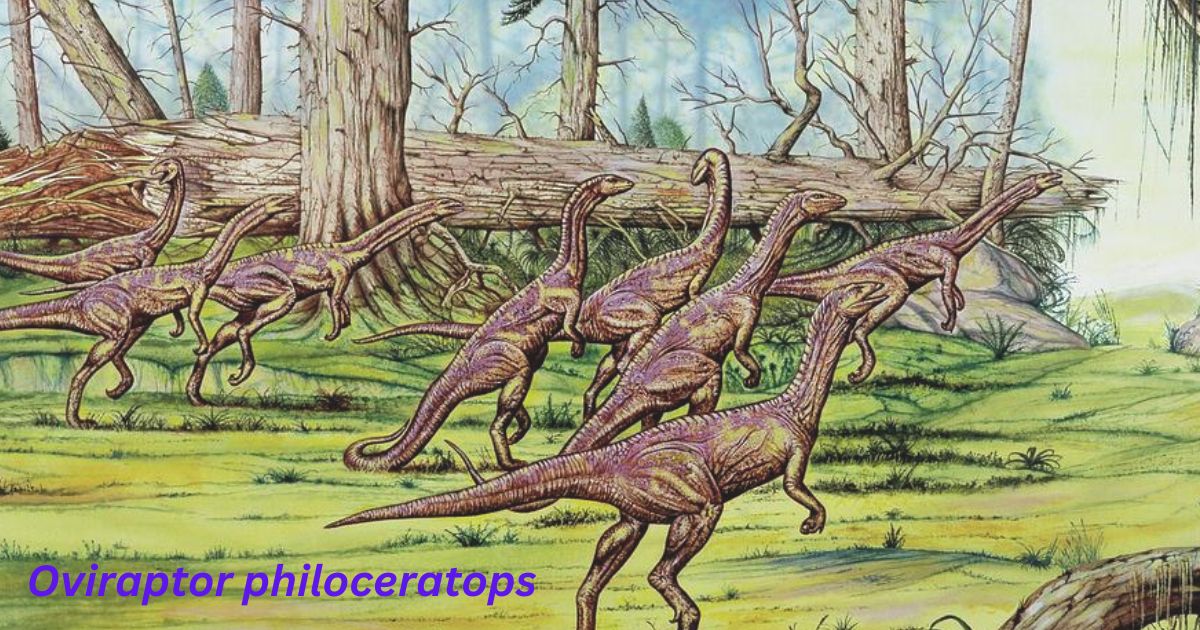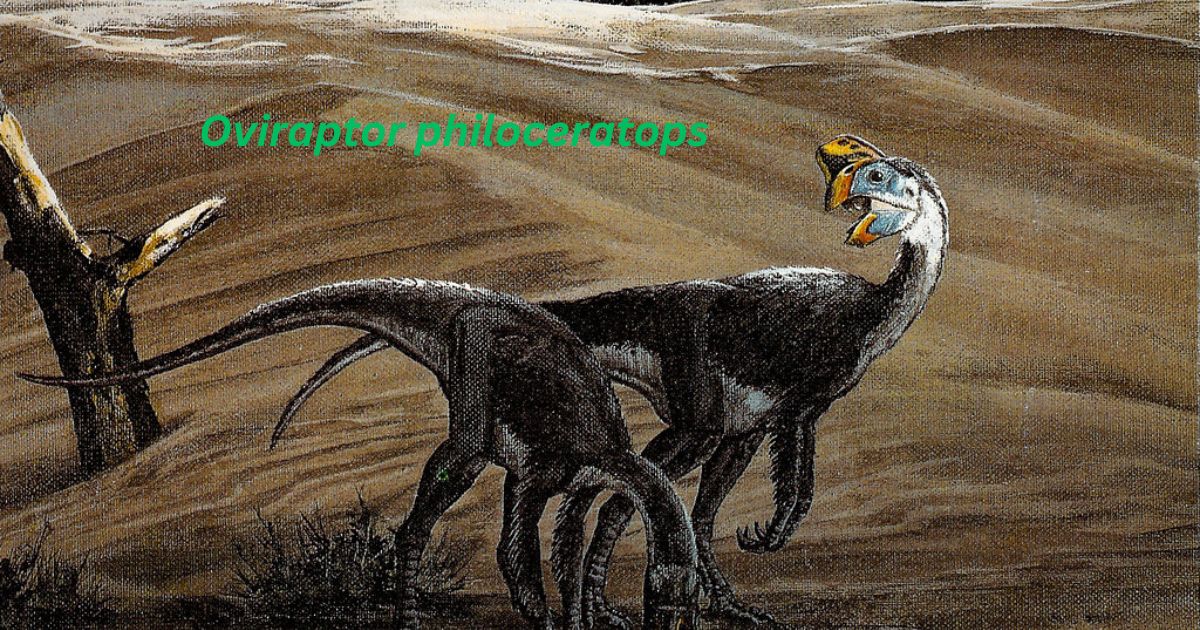What is the Significance of Oviraptor philoceratops in Paleontology?

In the vast world of paleontology, certain dinosaur species stand out not only for their unique characteristics but also for the valuable insights they provide into the past.
One such species is Oviraptor philoceratops, a small, theropod dinosaur that has sparked both intrigue and debate among paleontologists since its discovery.
Living approximately 75 to 71 million years ago during the Late Cretaceous period, Oviraptor philoceratops has helped scientists understand key aspects of dinosaur behavior, evolution, and ecology.
Discovering Oviraptor philoceratops
The first fossil of Oviraptor philoceratops was discovered in 1924 in the Djadokhta formation of the Gobi Desert, Mongolia. The initial interpretation of the fossil was controversial: it was mistakenly thought to be a thief, as the skeleton was found near a clutch of eggs that did not belong to it.
Early paleontologists assumed that Oviraptor (meaning “egg thief”) was raiding the nests of other dinosaurs, but further studies would later reveal a more complex picture of this dinosaur’s behavior.
Clarifying the Egg Stealing Misconception
For many years, Oviraptor was considered a notorious egg thief, thanks to its name and the initial discovery. However, in the 1990s, further discoveries and analyses of fossilized embryos and nest sites changed the narrative. It became clear that Oviraptor philoceratops was not a scavenger, but rather a caring parent.
The dinosaur’s skeleton was found near eggs that were likely its own, suggesting that it was incubating them rather than stealing them. This finding provided crucial evidence of parental care in non-avian dinosaurs, an important revelation in the study of dinosaur behavior.
Unique Physical Characteristics
Oviraptor philoceratops was a relatively small theropod, measuring about 2 meters (6.5 feet) in length and weighing roughly 20-30 kilograms (44-66 pounds). It had a distinct beak-like mouth, much like modern birds, and was likely an omnivore or herbivore.
Its most notable features include its toothless jaws and a unique crest atop its head, which may have been used for display or communication. These physical traits set it apart from other theropods and suggest an evolutionary link between dinosaurs and modern birds, particularly in terms of feeding habits and social behavior.

The structure of Oviraptor philoceratops‘s skull is particularly interesting. Its beak-like structure and small teeth provide insights into how certain theropods adapted to different diets, as well as the evolutionary transition from carnivorous to omnivorous or herbivorous diets in some dinosaur groups.
Evolutionary Significance
Perhaps the most profound significance of Oviraptor philoceratops lies in its role in understanding the evolutionary connection between dinosaurs and modern birds. As a member of the Oviraptoridae family, Oviraptor philoceratops shares several features with birds, including a partially fused wrist, a specialized beak, and possible evidence of feather-like structures. These traits help bridge the gap between non-avian dinosaurs and their bird descendants, offering valuable clues about the origins of flight, feather development, and other avian features.
Fossil evidence has suggested that the Oviraptoridae family was diverse, with species exhibiting various adaptations that may have contributed to the evolution of flight. The discovery of Oviraptor philoceratops has thus been crucial in piecing together the broader puzzle of how theropod dinosaurs evolved into modern birds.
Understanding Dinosaur Behavior and Parental Care
One of the most important contributions of Oviraptor philoceratops to paleontology is its role in expanding our understanding of dinosaur behavior, particularly regarding parental care. The discovery of Oviraptor fossils in close association with eggs has reshaped the way scientists view dinosaur reproduction and family dynamics.
Unlike many modern reptiles, which abandon their eggs after laying them, Oviraptor philoceratops appears to have incubated its eggs, similar to the behavior of many modern birds. This insight into nurturing behavior provides evidence that some dinosaurs exhibited parental care, a feature once thought to be exclusive to birds.
Oviraptor philoceratops and the Ecosystem
The fossil record of Oviraptor philoceratops also sheds light on the ecological role of theropods in their environments. As an omnivore or herbivore, it would have had a different place in the food web than many of its carnivorous relatives.
Oviraptor‘s diet likely included plants, small animals, and possibly insects, suggesting that it played a role in controlling populations of various organisms in its ecosystem. By studying its diet and behavior, paleontologists can better understand the complexity and diversity of Late Cretaceous ecosystems.
Conclusion: Oviraptor philoceratops’ Legacy
Oviraptor philoceratops is a key species in paleontology, offering essential insights into dinosaur behavior, evolution, and the development of parental care. Its transition from a misunderstood “egg thief” to a caring parent has not only challenged previous assumptions but also contributed to our understanding of how some dinosaurs exhibited behaviors similar to those of modern birds.
The study of Oviraptor philoceratops continues to provide valuable information that helps paleontologists trace the evolutionary lineage of birds, reinforcing the idea that birds are indeed the living descendants of certain theropod dinosaurs.
In summary, Oviraptor philoceratops serves as a remarkable example of how scientific discoveries can reshape our understanding of ancient life. Through the study of this dinosaur, paleontologists have gained a deeper appreciation for the complexities of dinosaur behavior, their evolutionary significance, and their connection to the modern world.